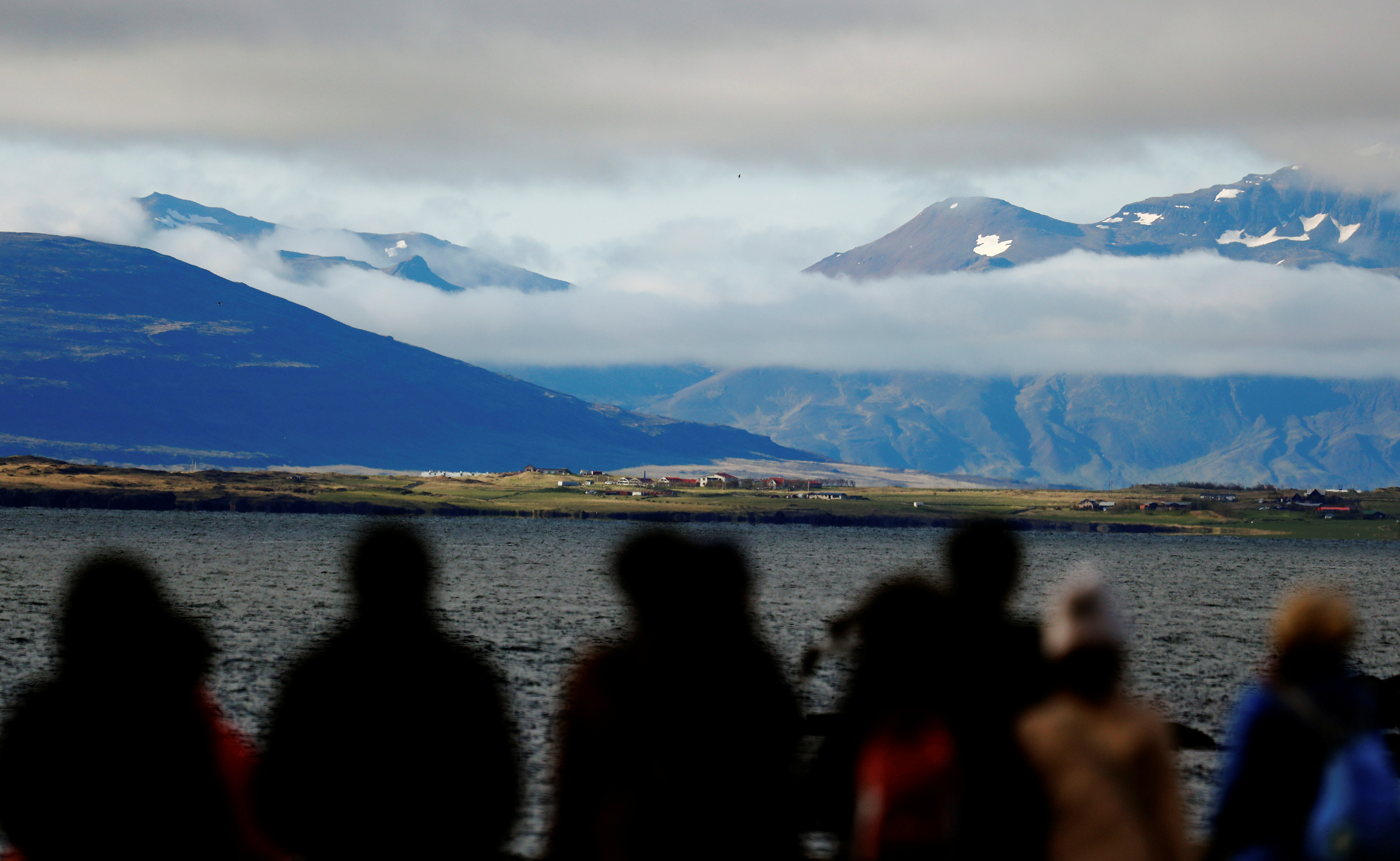Scientists use ancient Icelandic genomes to track rapid population change
Iceland is famous for its genetic research, thanks to a small homogeneous population and genealogical records.

In a new study released last week, scientists have mapped the ancient movements of an Arctic population using the genomes of ancestors past.
Focusing on Iceland, researchers from a range of universities, museums and private companies examined the genome data of 27 ancient Icelanders using their skeletal remains. The remains were about 1,000 years old, meaning that they were some of the first inhabitants of the island, which was settled around 1,100 years ago.
Comparing these genomes with those from modern Icelanders, Scandinavians and residents of the British and Irish Isles, researchers found that the ancient settlers and their slaves had roughly half Norse ancestry, stemming from what is today Norway and Sweden, and half Gaelic ancestry, stemming from present Ireland and Scotland.
The researchers then compared these genomes with those of modern Iceland residents and found that they average 70 percent of their genes from Norse ancestry, indicating that something had rapidly shifted in the population between 1,100 years ago and now, a relatively short amount of time in genetics.
The authors attributed this rapid change to genetic drift, which is found in small populations in animals. They also said that, because many of the slaves brought over were Gaelic, ancient Icelanders with Norse ancestry might have more of an opportunity to reproduce. They also note that their graves might have been easier to find than the enslaved population.
“Repeated famines and epidemics led to a substantial loss of sequence diversity from the Icelandic gene pool, causing it to drift away from its source populations in Scandinavia and the British-Irish Isles,” Kári Stefánsson, an author on the paper, said in a statement. “This is a fascinating example of how a population is shaped by its environment, in this case, the harsh and marginal conditions of medieval Iceland.
The study is another example of how valuable Iceland is to genetic science, due to its small, homogeneous population and meticulously-kept genealogical and medical records. These have helped scientists learn more about different genes that might contribute to Alzheimer’s disease, type 2 diabetes and schizophrenia, among other medical conditions.